Burning copper wire is a practice that some individuals engage in to extract copper for recycling purposes, although it’s important to note that burning copper wire can release toxic fumes and is illegal in many places due to environmental and health hazards.
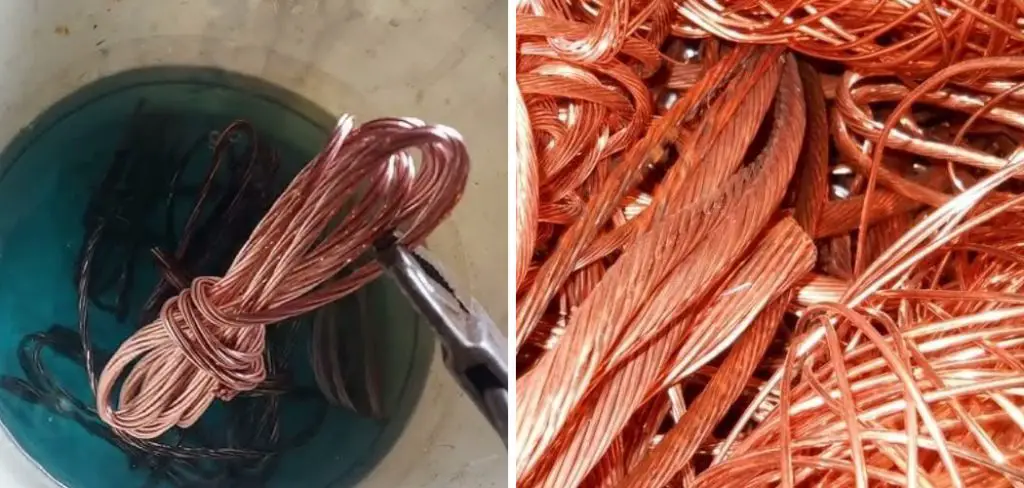
However, understanding how copper wire burns and the risks involved can be informative. This guide explores how to burn copper wire, as well as alternative methods for safely recycling copper.
It also covers the process of stripping copper wire using manual or mechanical methods to recover copper without harmful consequences.
By emphasizing safe and responsible recycling practices, this article aims to educate on the environmental impact of improper copper wire disposal and encourages sustainable approaches to metal recycling.
Understanding Copper Wire Burning
Copper wire burning involves exposing the wire to high temperatures to remove its insulation and retrieve the raw copper.
While the process might seem straightforward, it is fraught with significant dangers and legal ramifications. When copper wire is burned, the insulation, often made of plastic or rubber, combusts and releases harmful toxins into the air.
These emissions can include hazardous substances like dioxins and furans, which pose severe health risks to humans and animals and contribute to environmental pollution.
Moreover, the act of burning copper wire can leave behind hazardous residues that contaminate soil and water sources, further exacerbating the environmental damage. Therefore, understanding the full impact of burning copper wire underscores the necessity for safer, legally compliant recycling techniques.
10 Methods How to Burn Copper Wire
1. Outdoor Open Burn with Safety Precautions
One traditional method is to conduct an open burn outdoors, though this should be done with extreme caution due to the release of toxic fumes. First, choose a clear, open area far from buildings, vegetation, and other flammable materials. Dig a shallow pit to contain the fire and reduce the risk of it spreading.
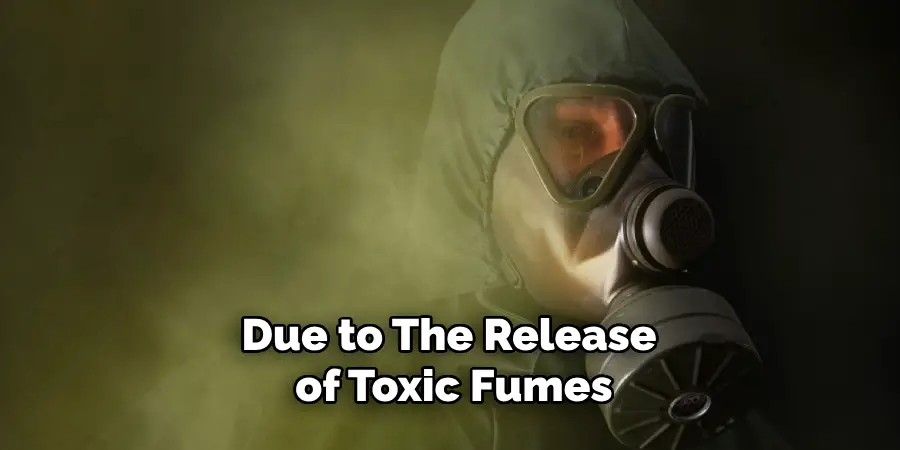
Pile the copper wires in the pit and ignite them using a small amount of kindling and fire starters. Stand upwind to avoid inhaling the fumes, and monitor the burn closely. Once the insulation has burned off, extinguish the fire thoroughly with water or a fire extinguisher.
2. Using a Metal Barrel
Burning copper wire in a metal barrel can contain the fire and reduce the spread of fumes. Select a sturdy, open-top metal barrel and place it on a non-flammable surface, such as concrete. Drill ventilation holes around the base to ensure adequate airflow. Place the copper wire inside the barrel and start the fire using kindling and a fire starter.
The barrel will contain the fire and the ash, making cleanup easier. Always stand upwind and wear protective gear, including a mask to filter out harmful fumes. Once the insulation has burned off, allow the copper to cool before handling it.
3. Using a Burn Cage
A burn cage provides a safer, more controlled environment for burning copper wire. Purchase or build a metal burn cage with mesh sides to contain the fire and allow for airflow. Place the burn cage on a fire-resistant surface away from any flammable materials. Stack the copper wire inside the cage and start the fire with kindling.
The mesh sides will contain the insulation ash and prevent large pieces from escaping. Monitor the fire closely, and use a water hose or fire extinguisher to extinguish any stray flames. This method minimizes the risk of the fire spreading and is easier to manage than an open burn.
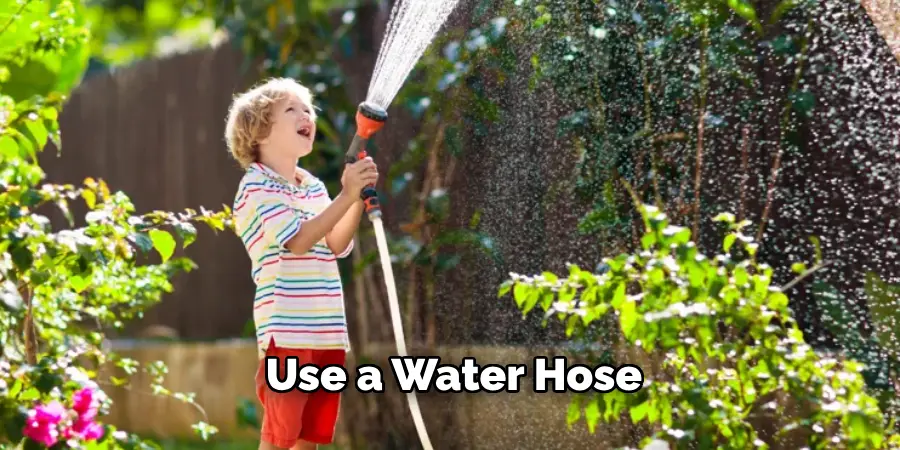
4. Using a Fire Pit
A fire pit is a more controlled environment for burning copper wire. Choose a fire pit made of stone or metal and ensure it is situated on a fire-resistant surface. Place the copper wire in the center of the pit and ignite it using kindling and a fire starter.
The walls of the pit will contain the fire and prevent it from spreading. Always stand upwind and wear protective gear to avoid inhaling toxic fumes. Once the insulation has burned off, extinguish the fire thoroughly and allow the copper to cool before handling. Fire pits offer a more contained option for burning wire compared to open burning.
5. Using a Propane Torch
A propane torch allows for a more controlled and precise burn. Secure the copper wire on a non-flammable surface, such as a metal table or concrete floor.
Use a propane torch to carefully heat the wire, focusing the flame on small sections at a time. This method allows you to control the intensity and duration of the burn, reducing the risk of large fires and excessive smoke.
Always wear protective gloves and a mask to protect yourself from the heat and fumes. This method is particularly useful for small quantities of copper wire.
6. Using a Wood Stove
A wood stove can be an effective and contained method for burning copper wire. Ensure the stove is in a well-ventilated area to avoid the buildup of toxic fumes. Place the copper wire inside the stove and start a fire with wood kindling.
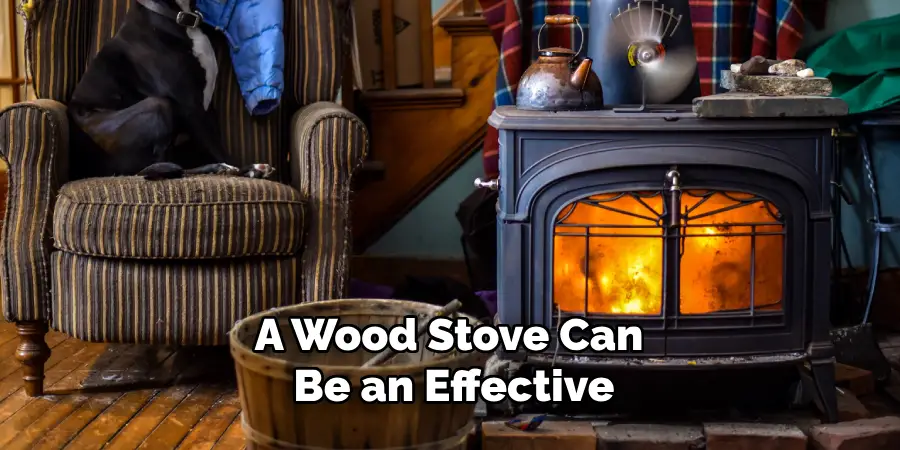
The enclosed space of the wood stove contains the fire and ash, making cleanup easier. Monitor the fire closely and ensure the stove’s ventilation system is functioning properly.
Once the insulation has burned off, allow the copper to cool inside the stove before removing it. This method is efficient for small to medium quantities of wire and minimizes the risk of fire spreading.
7. Using a Furnace
For those with access to industrial equipment, a furnace offers a highly controlled environment for burning copper wire. Place the copper wire inside the furnace and set it to the appropriate temperature to burn off the insulation.
Furnaces are designed to handle high temperatures and contain fumes, making this method safer and more efficient than open burning.
Always follow the manufacturer’s safety guidelines and wear protective gear when operating the furnace. This method is ideal for processing large quantities of copper wire in a controlled, safe manner.
8. Burning in a Kiln
A kiln can provide a contained and controlled environment for burning copper wire. Kilns are designed to withstand high temperatures and can contain the ash and fumes produced during the burn. Place the copper wire inside the kiln and set it to the appropriate temperature.
Monitor the burn process closely and ensure proper ventilation to avoid the buildup of toxic fumes. Once the insulation has burned off, allow the kiln to cool before removing the copper. This method is suitable for small to medium quantities of wire and offers a high level of control and safety.
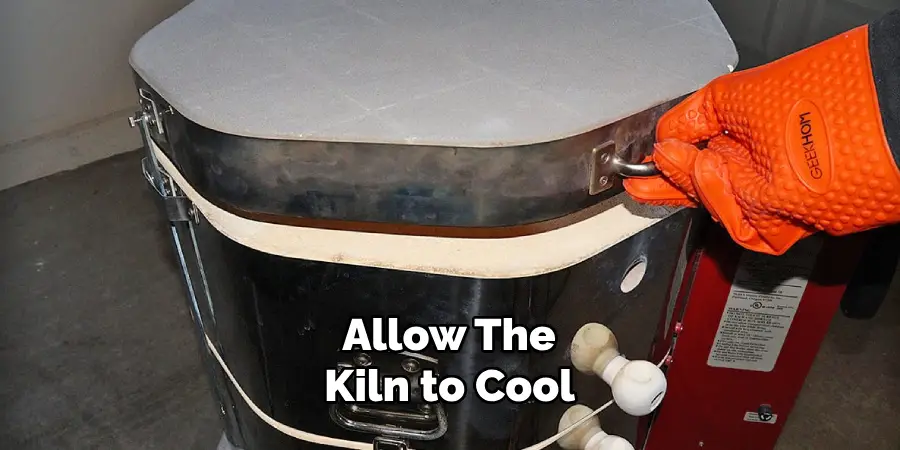
9. Using a Chiminea
A chiminea, a freestanding front-loading fireplace or oven with a bulbous body and usually a vertical smoke vent or chimney, can be used to burn copper wire in a contained environment. Place the copper wire inside the chiminea and start a fire with kindling. The design of the chiminea helps contain the fire and direct smoke upwards, reducing the risk of spreading flames and fumes.
Always stand upwind and wear protective gear to avoid inhaling toxic smoke. Once the insulation has burned off, extinguish the fire thoroughly and allow the copper to cool before handling. This method is suitable for small quantities of wire and provides a safer alternative to open burning.
10. Using an Incinerator
An incinerator, specifically designed for burning waste materials, can provide a highly controlled environment for burning copper wire. Place the copper wire inside the incinerator and set it to the appropriate temperature. Incinerators are designed to contain high temperatures and manage fumes, making this method safer and more efficient than open burning.
Ensure the incinerator is well-ventilated and follow all safety guidelines provided by the manufacturer.
Once the insulation has burned off, allow the incinerator to cool before removing the copper. This method is ideal for processing large quantities of copper wire in a safe and controlled manner.
Things to Consider When Burning Copper Wire
When burning copper wire, safety and environmental concerns should be at the forefront. First and foremost, always wear protective gear, including gloves, a mask, and eye protection. This will shield you from toxic fumes and potential burns. Ensure that your burning method is well-ventilated to prevent the buildup of hazardous gases.
Consider the environmental impact of burning wire, as the process releases harmful chemicals into the atmosphere; hence, opting for controlled methods like using an incinerator or furnace is preferred.
Always choose a fire-resistant surface and keep a firefighting tool close at hand, such as a water hose, fire extinguisher, or sand bucket. Be mindful of local regulations regarding open burning, as many regions have strict guidelines to minimize air pollution.
Finally, consider the quantity of copper wire you need to burn. Small amounts can be managed with simpler methods, while larger quantities require more industrial solutions to ensure a safe and efficient process.
Conclusion
Burning copper wire to strip insulation should always be approached with caution due to the significant environmental and health risks involved. The methods described above, from outdoor open burns with safety precautions to using specialized equipment like incinerators, offer various levels of control and safety. However, it’s crucial to emphasize that alternative methods, such as mechanical stripping, are safer and more environmentally friendly.
Thanks for reading, and we hope this has given you some inspiration on how to burn copper wire!
Edmund Sumlin is a skilled author for Metal Fixes, bringing 6 years of expertise in crafting a wide range of metal fixtures. With a strong background in metalwork, Edmund’s knowledge spans various types of fixtures, from decorative pieces to functional hardware, blending precision with creativity. His passion for metalworking and design has made him a trusted resource in the industry.
Professional Focus:
- Expert in Metal Fixtures : Edmund aesthetic specializes in creating durable and innovative metal fixtures, offering both appeal and functionality. His work reflects a deep understanding of metalworking techniques and materials.
- Sustainability Advocate : He is dedicated to using sustainable practices, ensuring that every fixture is crafted with eco-friendly methods while maintaining high-quality standards.
In his writing for Metal Fixes, Edmund provides valuable insights into the latest trends, techniques, and practical advice for those passionate about metal fixtures, whether they are professionals or DIY enthusiasts. His focus on combining artistry with engineering helps others discover the true potential of metal in design.


